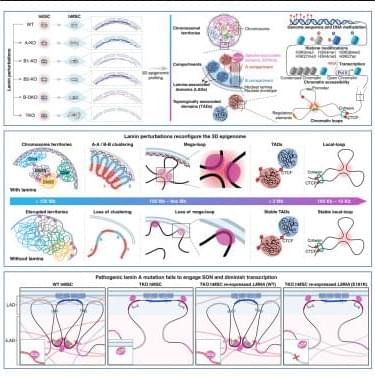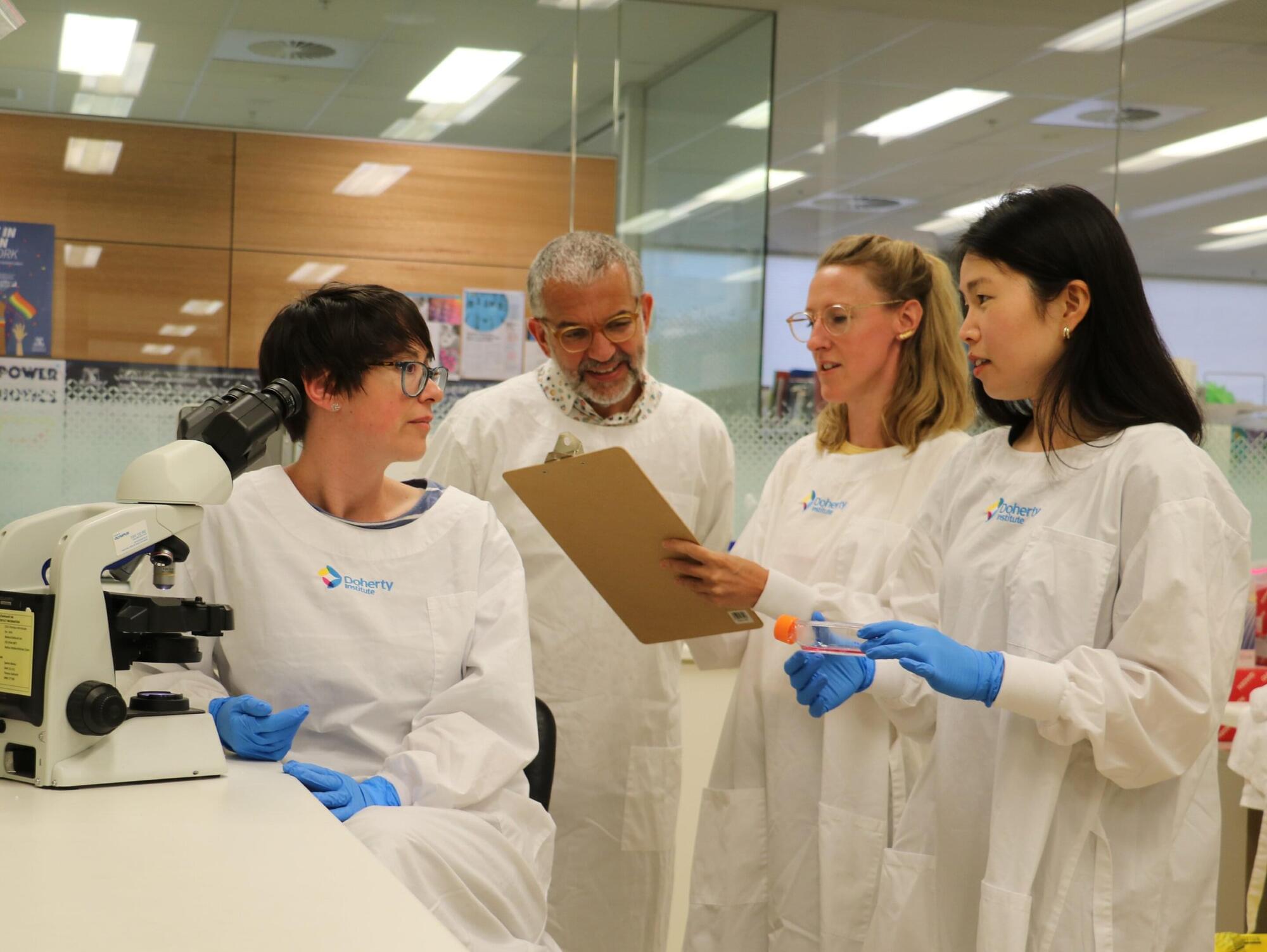Leucine powers up the body’s energy engines by protecting the proteins that keep mitochondria running strong.




The menopausal transition, or perimenopause, is a 2-to-10-year stretch of hormone irregularity leading up to menopause, when menstruation ceases permanently. It is a time that can come with a variety of challenging symptoms—including hot flashes, sleep disturbances and problems concentrating—as well as often underrecognized mental health challenges, such as heightened irritability, mood swings, increased anxiety and panic attacks. Importantly, a woman’s risk of depression grows two to five times higher than before or after the transition. Suicidal ideation and suicide rates in women are highest between the ages of 45 and 55.
What exactly is happening in the perimenopausal brain to trigger these increased risks? We know that perimenopause represents a major “neurological transition state”; the brain is exposed to drastically changing levels of ovarian hormones, similar to puberty but in reverse. As ovarian function declines, so do levels of the ovarian hormones estradiol and progesterone. The pituitary gland tries to compensate, resulting in erratic hormone fluctuations. These changes are sensed by the ovarian hormone receptors present throughout the brain, particularly in limbic areas important for emotion regulation and memory, such as the hypothalamus and the hippocampus. Neuroimaging studies in living humans have reported changes in estrogen receptor availability and brain metabolism across the menopausal transition.
We also know that estradiol acts as a potent neuromodulator in the brain, affecting multiple neurotransmitter systems, including the serotonergic, noradrenergic and dopaminergic systems, and neuropeptides, such as brain-derived neurotrophic factor—all of which are known to be linked to depression and anxiety disorders. Mouse studies have revealed that hormone shifts across the ovarian cycle induce changes in chromatin organization that underlie changes in hippocampal gene expression, synaptic plasticity and anxiety-related behavior.
It seems likely that the mental health changes observed during perimenopause are related to the shifts in hormones and their receptors in the brain. Few studies, however, have explored the biological mechanisms underlying the increased psychiatric risk. Understanding these changes is essential both for developing new treatments for women in perimenopause who are experiencing mood and memory issues, and for understanding how these changes affect long-term brain health; metabolic changes during perimenopause are thought to increase the risk for Alzheimer’s disease, for instance.
We know little about the mechanisms underlying well-known perimenopause symptoms in the brain. More research—in animals and humans—is essential.
Interested in learning more about tackling the major health challenges of today? Attend our 2025 International Health Lecture: https://bit.ly/3JHOOrp.
Professor Rajesh N Kalaria FMedSci speaks about the global severity of stroke and dementia in society and goes over the findings and lessons from the CogFAST study – cognitive function after stroke study – outcomes of which might mean something for each one of us.
“We can’t change our genes, and we can’t change our age but we can modify every other risk factor for stroke,” he says. He discusses findings that show the impact of modifying some risks factors such as hypertension, and diabetes in elderly post-stroke survivors.
This talk was part of the event \.

Background: The search for reliable aging biomarkers using proteomic databases and large-scale proteomic studies presents a significant challenge in biogerontology. Existing proteomic databases and studies contain valuable information; however, there is inconsistency in approaches to biomarker selection and data integration. This creates barriers to translating existing knowledge into clinical practice and use in biomedical research. This work analyzed experimental proteomic studies, the content of proteomic databases, and proposed recommendations for optimization and improvement of proteomic database formation and enrichment. Methods: The study utilized publications devoted to proteomic data acquisition methods, proteomic databases, and experimental studies.

Wang et al. systematically depicted the lamins-guided 3D epigenome in human stem cells and demonstrated that lamins not only serve as key regulators of chromatin-NL tethering and large-scale genome organization but also are essential for the spatial positioning and clustering of nuclear speckle through direct interactions within the nuclear interior.



Scientists at the Peter Doherty Institute for Infection and Immunity (Doherty Institute) have uncovered how the gut microbiota help the immune system fight melanoma, explaining why patients with a fiber-rich diet and balanced gut bacteria tend to respond better to cancer immunotherapies.
The study, published in Immunity, shows that molecules produced by gut bacteria upon digestion of dietary fiber can improve the function of cancer-fighting immune cells. The research team, led by the Doherty Institute, in collaboration with the Peter MacCallum Cancer Center (Peter Mac) and Monash University, found that these digestive by-products influence melanoma progression by naturally boosting killer T cell function in pre-clinical cancer models.

By Nina Bai
Studying mice of different ages, Stanford Medicine scientists and colleagues found that neurons involved in spatial memory become less reliable later in life.